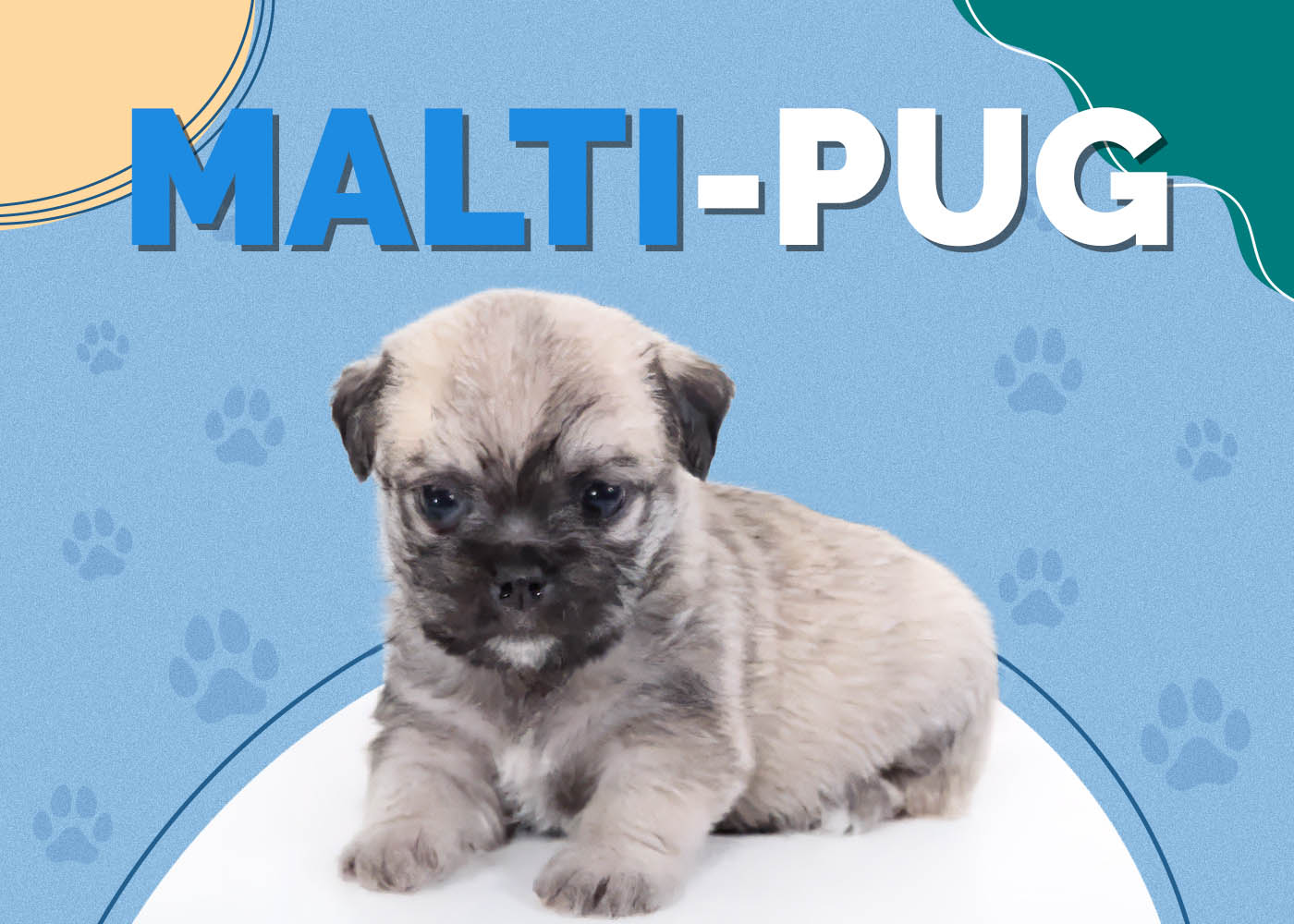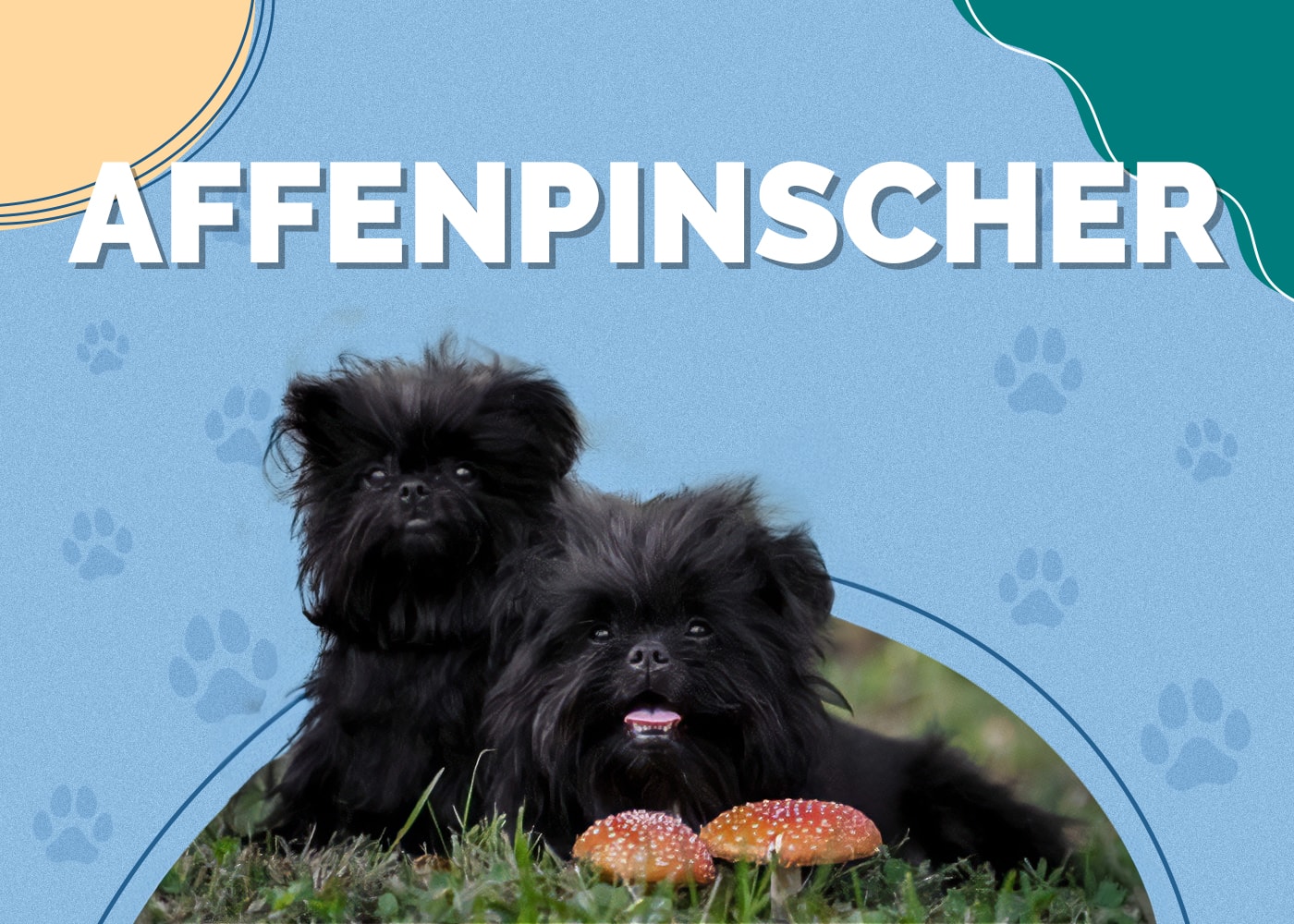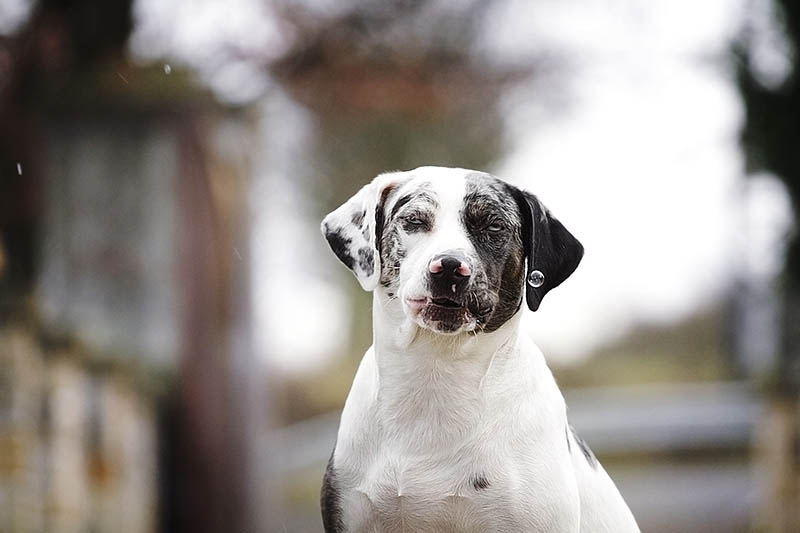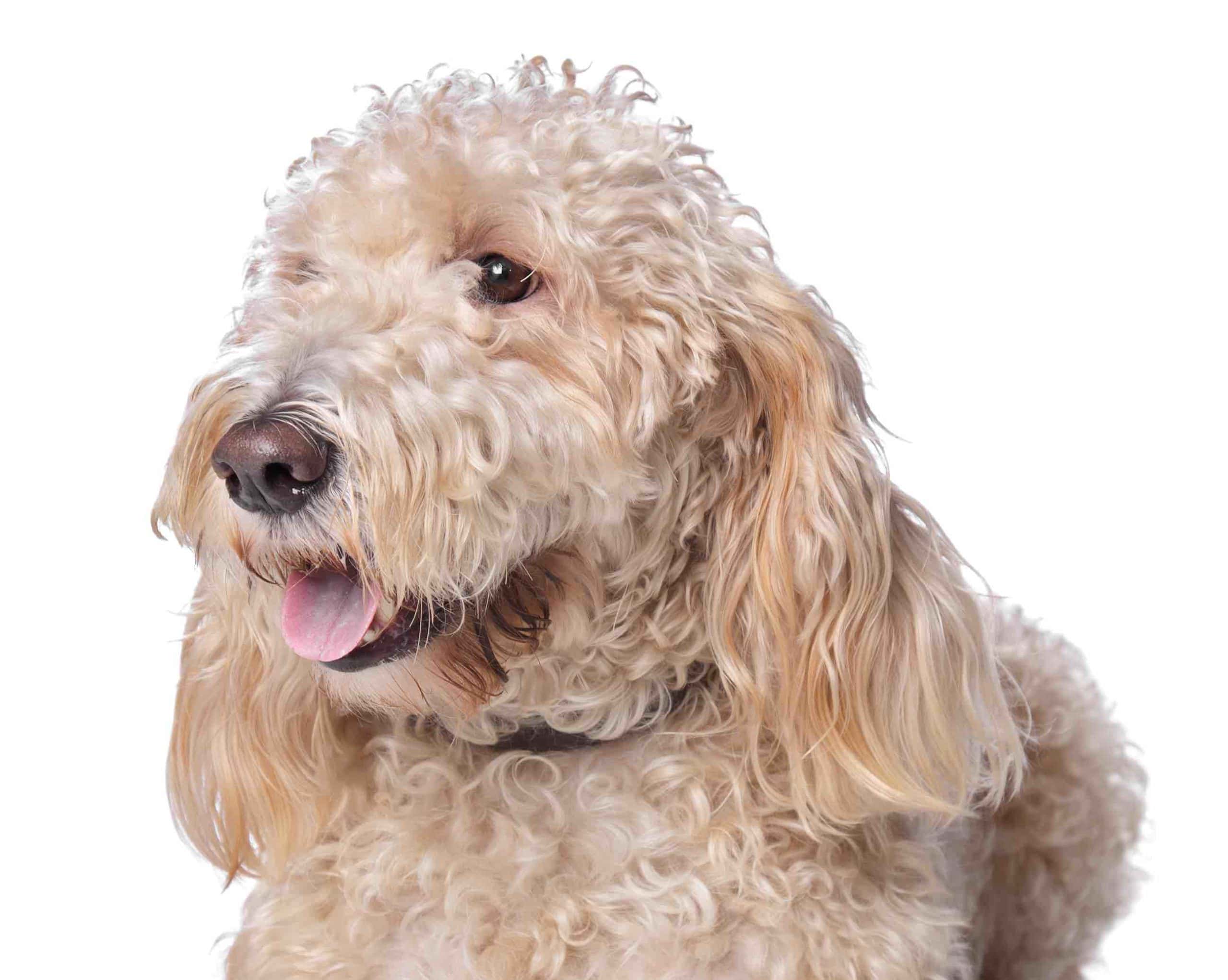Malti-Pug (Maltese & Pug Mix): Info, Pictures, Facts

Updated on

Height:
8-14 inches
Weight:
7-20 pounds
Lifespan:
12-15 years
Colors:
Fawn, black, white
Suitable for:
Individuals and families with limited exercise time and minimal space
Temperament:
Loving, loyal, affectionate, fun, bright, stubborn
The Malti Pug is a cross between the Maltese and the Pug. Both breeds are loving and affectionate, and although no assumptions can be made about hybrid breeds, we can look at the parent breeds in the hope of getting a better understanding of what the resulting dog breed will be like.
The Maltese, which is actually likely to hail from Croatia rather than Malta, is a fun little dog with a lot of character and plenty of love to give their owners. They have long and silky hair, although the resulting hybrid will usually have long and straight hair. They are also intelligent, and because they are one of the smallest of toy breeds, they are ideal for apartment living. They also learn quickly, assuming that you have a pocketful of treats and a generous hand. They can be a little yappy, but this only serves to make them an effective watchdog.
The Pug was bred to be a lap dog and can be a bit of a clown. They thrive when given time with their human companion, which means that they can suffer from separation anxiety if left alone for too long, but they tend to be friendly with everybody.
Malti Pug Puppies
The Maltipug is a popular dog breed, especially because it is small and friendly and does not have excessive exercise requirements. When choosing a breeder, you should avoid the temptation of finding the cheapest. Although a low price does not guarantee that a breeder offers poor-quality dogs, there is a chance that their breeding parents are overbred which can lead to behavioral and physical problems with the puppies.
Consult with your local kennel club or hybrid club and ask for recommendations. Ask your local vet or any owners of similar breeds that you know, and look at reviews and ratings online to help you find breeders with a good reputation and with a history of offering healthy and well-adjusted puppies. There are also groups of owners and fans of the breed, and group members will usually have a very good idea of the breeders that do good work and those that you should avoid.
When you do find a breeder, determine whether they have had the puppies screened, or, at the very least, that the parents have been screened for common health concerns associated with the breed. This can save a lot of heartache in the long run and help ensure that you get a healthy dog with a lower propensity for genetic illnesses.
Try to meet the parents of the dog. Although puppies do not always take after their parents and are more likely to display similar characteristics to their siblings, it does help you to determine the puppy’s likely character.
3 Little-Known Facts About the Malti Pug
1. The Maltese Is a Good Breed for Those With Allergies
The Maltese only has a single layer of fur, and while they may look like they’re prone to shedding, they really aren’t. It is highly unlikely that they will shed, which means that you won’t have to sweep or vacuum everywhere they go. It is still a good idea to brush and groom them every week because this can help prevent knots and matting, and a lot of owners like to take their Maltese to a professional groomer to control the hair around their face.
Because they don’t shed in the true sense of the word, the Maltese is often considered to be one of the better breeds for owners with allergies and those that suffer from respiratory problems. This is just one way in which the breed is considered a low-maintenance dog. Although they are bright and enjoy playing, they don’t require much in the way of exercise, for example. Their long hair does mean, however, that Maltese can be prone to sunburn in the area where their hair parts on their back.
2. The Maltese Doesn’t Come From Malta
Despite being called the Maltese and being known as the Maltese Lion Dog and the Maltese Terrier, it is more likely that this parent breed comes from a Croatian island called Mljet. This is part of the Dalmatia region, where the Dalmatian breed also originates. It is believed that the breed actually originates from the Spitz-type dog of the region, although having been bred to be smaller. There is no recorded link to Malta whatsoever.
3. The Wrinkles Were Bred into the Pug
The Pug, which was bred as a lap dog for Chinese royalty, is meant to have the distinctive wrinkles on their head and face. It is said that these were bred into the Pug and were meant to represent the Chinese symbol for a prince. Whatever the reason and backstory, the wrinkles are a distinctive characteristic of the dog’s look, but they need special care. If the folds are not cleaned regularly and properly, it can lead to infection and a disease called skin fold dermatitis. In most cases, the Malti Pug has the long hair of the Maltese and avoids the wrinkles of the Pug.

Temperament & Intelligence of the Malti Pug 🧠
The Malti Pug is descended from two lapdog breeds. As such, they are loyal and loving companion dogs. While they might be quite small, they’re a vocal protector of their human parent. If your Malti Pug takes after the Maltese parent, they may be a little snappy around young children, especially if they have been spoiled by their owner.
If they take after the Pug, it is more likely that they will be loving and will dote on people of any age. The Pug is known for being a comedian and enjoys showing off. The Maltese is considered easier to train, but both breeds will do just about anything for a small treat, so as long as you have a good arm to hand over treats on a regular basis, you shouldn’t find it too difficult to train your Malti Pug using positive reinforcement.
Are These Dogs Good for Families? 🏡
When we look at hybrid breeds, we tend to have to look at the parent breeds to assess their likely characteristics, both physical and emotional. This is because most hybrid breeds have little history behind them, and also because the parent breeds can have a big influence on how your new dog will act and react.
In this case, the Maltese is considered a good companion dog but is usually preferred by the older owner. They will not normally get along very well with children, and this problem is magnified if they have been spoiled by their owner. They can be yappy and even a little bit snappy with young children. With that said, their size means that they should not be left alone with young children because they can get accidentally hurt.
On the other hand, the Pug is known to love children because they enjoy showing off and are always up for some troublemaking. Thus, it can be a bit of a lottery whether you get a dog that mixes well with young children or should be kept away from them.
Does This Breed Get Along With Other Pets? 🐶 😽
Both the Maltese and the Pug breed are known to get along with other dogs, as a general rule. The Pug is likely to stick their tongue out and charge towards anything that looks exciting. The Maltese might be a little more reserved in their approach, but inwardly they are just as excited at the prospect of making a new four-legged friend.
Both parent breeds were bred to be companion dogs, which means that they shouldn’t have a prey drive. As such, and assuming that you socialize your puppy from a young age, introducing a Malti Pug to a cat or other animal shouldn’t prove too difficult an experience for any of you.
Socialization is a good idea with this breed, especially because a lot of people will instinctively try and pick up a Pug or Maltese when seeing them. If your dog is emotionally and physically well adjusted, they will appreciate the affection, will not back away, and will not usually bark except in excitement.
Things to Know When Owning a Malti Pug:
Owning a Malti Pug can be very rewarding thanks to their loving and playful nature. However, before buying one, you should consider the following factors to determine whether this is the right breed for you and your circumstances.
Food & Diet Requirements 🦴
The Malti Pug is one of the smaller toy breeds and, as such, has very small food requirements. You will likely only need to feed your dog 1 cup of good-quality food every day. In fact, because of the Pug’s propensity for obesity and their love of eating, you will need to take care that you do not overfeed this breed. Obesity is a major problem for dogs, and especially because they will not want to go on long walks to help walk off the calories.
Exercise 🐕
The Malti Pug is an energetic and lively little dog that loves to play. Despite this temperament, though, they do not have high energy requirements at all, which is one of the reasons that they are so good for apartment living and why they are so popular with older owners looking for a companion. They will be content with one or two short walks a day and will be happy if you augment these walks with some active playtime during the day. With that said, the Maltese does do well in agility and training classes, and you might find that your new puppy enjoys these kinds of activities as well.
Training 🦮
The Maltese and the Pug love their owners and enjoy performing for them. But they do have a bit of a stubborn streak, so they will only really do what you want if this happens to align with what they want.
With that said, a consistent trainer that is heavy on positive training methods can enjoy very good results with this breed.
Training should be considered important because the breed can develop small dog syndrome. They will believe that they run the house, especially if they are overly protected by their owners. They tend to be allowed to get away with bad behavior, and it is difficult to train bad behavior away. Therefore, early and ongoing training will help in this regard because it prevents the bad behavior before it occurs, which is much easier than having to try and discourage bad behavior that has become a routine.
Grooming ✂️
The coat of the Malti Pug tends to shed quite often. You should brush this breed every day because it will get rid of the loose hair, which can become uncomfortable when it is matted and knotted. It can also help prevent the shed hair from building up in the home. It is usually easier to brush your dog while they sit on your lap than it is to repeatedly brush the floor.
Maltese and Pugs can develop weepy eyes. You can keep their eyes clean by regularly wiping the tears away but do so carefully.
You should brush your dog’s teeth regularly, usually two or three times a week. This helps prevent tooth decay and gum disease, both of which can cause serious discomfort in a dog and may prevent them from eating.
Because your Malti Pug does not get a lot of walks, their nails will get long and require trimming. Get a good quality trimmer, get your puppy used to having their nails trimmed at a young age, and consider having them professionally groomed if you are unable to clip them yourself.
Health and Conditions ❤️
The hybrid dog does not usually suffer as often from the genetic conditions of the parent breeds, but they are still a possibility. The following are some of the conditions that are closely associated with the two parent breeds and that should be closely monitored.
- Patellar luxation
- Dental issues
- Dry eye
- Breathing difficulties
- Hip dysplasia
- Legg-Calve-Perthes disease
Male vs. Female
There are no discernable personality differences between the male and female of the breed. Females might be a little higher maintenance and can be a bit pushier when they want attention, but the difference is minimal. Similarly, there is not a lot of difference in the typical size of either gender.
Final Thoughts on the Malti Pug
The Malti Pug combines the Maltese with the Pug. Both are loving and caring companions that can live in an apartment or a house and both have minimal exercise and dietary requirements, despite being bright and energetic little dogs. The Pug will love anything and anyone, and while the Maltese can be a little challenging around small children, your Malti Pug will usually be very affectionate and playful.
You won’t have to put much effort into exercise, but they do require a combination of a little exercise and some careful feeding to prevent this breed from getting overweight and suffering the problems associated with canine obesity. Health problems are prevalent in both parent breeds, but especially in the Pug, and while these might be less common in the hybrid breed, there are some that you should still keep a careful eye out for.
With that said, the Malti Pug is an excellent breed of dog for people that want loving companionship.
See also:
- Jack Highland Terrier (Jack Russell & Westie Mix)
- Jug (Jack Russell Terrier & Pug Mix): Info, Pictures, Facts, Personality
Featured Image Credit: Andi Berger, shutterstock













